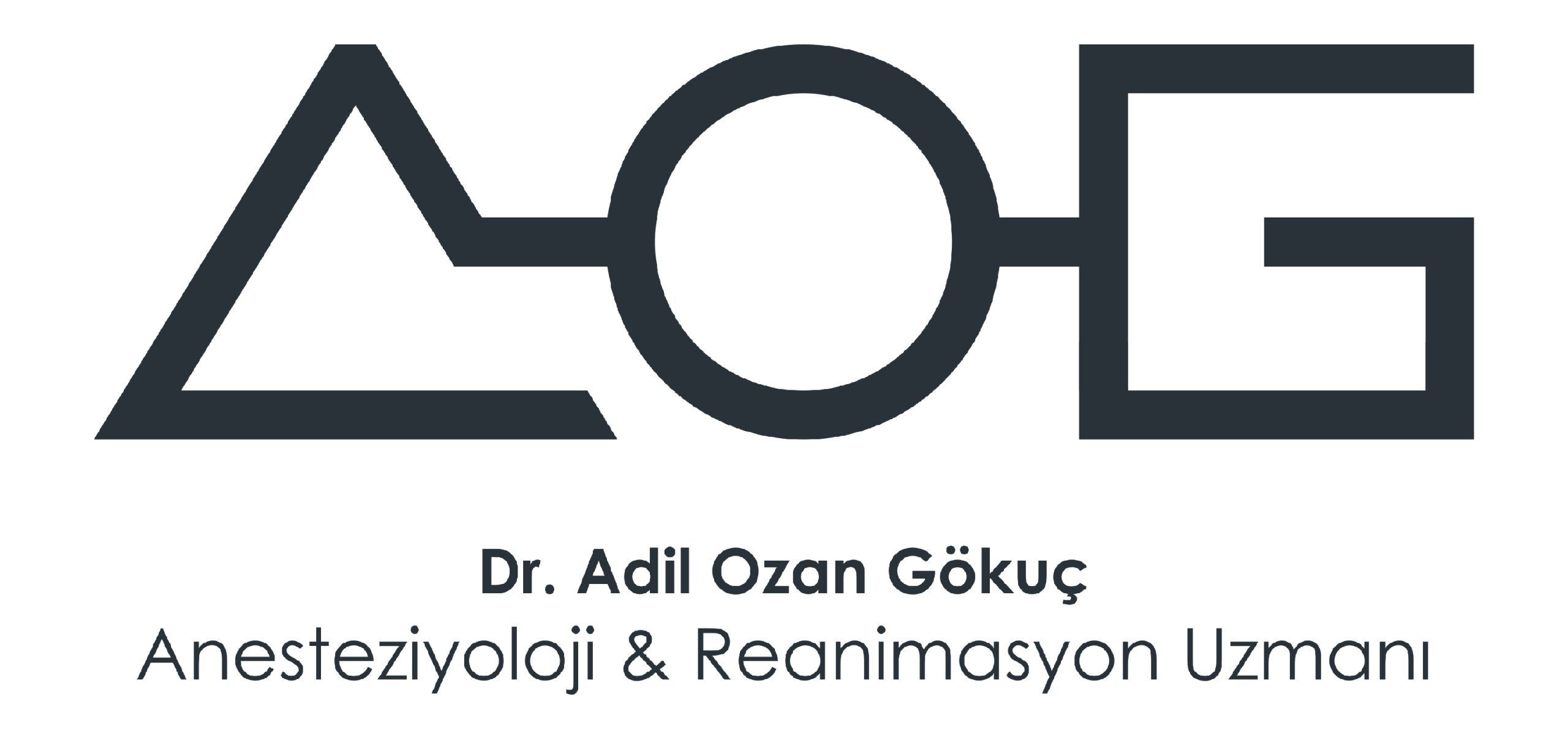Ozone is one of the most important gases found in the stratosphere layer of the atmosphere. Ozone therapy is a frequently used method for this purpose. It provides a protective filter mechanism against the high-energy ultraviolet rays emitted by the sun and helps maintain the biological balance in the biosphere. After the 1960s, the increasing contamination of drinking water with chemicals became an intense problem. After realizing the cleansing and disinfecting effects of ozone, ozone began to be used to clean water. Additionally, ozone has been used in many areas of the industry.
Ozone Effect Mechanism
Ozone, in addition to killing microorganisms due to its strong oxidizing properties, can also neutralize all toxins (phenols, pesticides, detergents, chemical wastes and aromatic compounds).
Depending on age, reactive oxygen species cause oxidative damage in cells. This situation is called increased oxidative stress. Recent studies have shown that the products produced by administering low doses of reactive oxygen to the body through ozone application play a role in biological mechanisms, especially intracellular communication, in low amounts (at physiological levels) and mediate therapeutic effects. As a result of repeated low dose ozone applications, the antioxidant system is strengthened and resistance to oxidative stress develops.
In addition, reactive oxygen species enter the cell and increase the production of cytokine levels and growth factors that reduce inflammation. Ozone therapy is used as an auxiliary treatment method, especially in diseases where the inflammatory process is intense and the immune system is at the forefront (wound healing, ischemic, rheumatic and infectious diseases).
It accelerates cell renewal.
Ozone eliminates oxygen deficiency by increasing the oxygen carrying capacity and elasticity of red blood cells and the fluidity of the blood. It is also used as an auxiliary treatment for vascular occlusions and by causing dilation in the veins.
It interacts directly with fat cells, causing a decrease in cholesterol and local fat breakdown.
It lowers blood sugar levels.
It provides a reduction in joint pain and an increase in mobility by reducing cartilage loss in calcification and stimulating the production of intra-articular fluids and cartilage.
Ozone, Known as the Elixir of Youth, is Now Also Very Effective in the Treatment of Chronic Diseases.
Diseases for which Ozone Therapy is Beneficial
Osteomyelitis, pleural emphysema, abscesses accompanied by fistula, infected wounds, pressure sores, chronic ulcers, diabetic feet and burns
Hypertension
Diabetes Mellitus
Advanced ischemic diseases
Macular degeneration of the eye (atrophic form)
Musculoskeletal system diseases and joint calcifications
Chronic fatigue syndrome and fibromyalgia
Chronic and recurrent infections and sores in the oral cavity
Acute and chronic infectious diseases, especially those caused by bacteria, viruses and fungi that are resistant to antibiotics and chemical treatments (hepatitis, HIV-AIDS, herpes and herpes zoster infection, papillomavirus infections, onychomycosis and candidiasis, giardiasis and cryptosporidiosis). Bartholinitis and vaginal candidiasis.
Allergy and Asthma
Autoimmune diseases (multiple sclerosis, rheumatoid arthritis, Crohn’s disease)
Senile dementia (senile dementia)
Lung diseases: emphysema, chronic obstructive pulmonary disease, idiopathic pulmonary fibrosis, and acute respiratory stress syndrome
Skin diseases: Psoriasis and atopic dermatitis
Cancer-related fatigue
Early stage kidney failure





